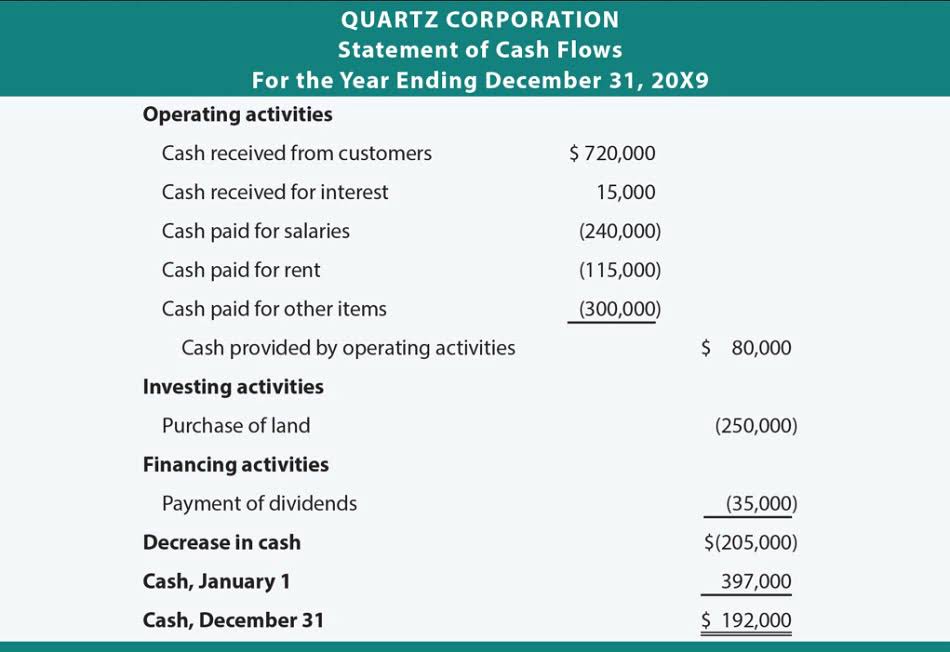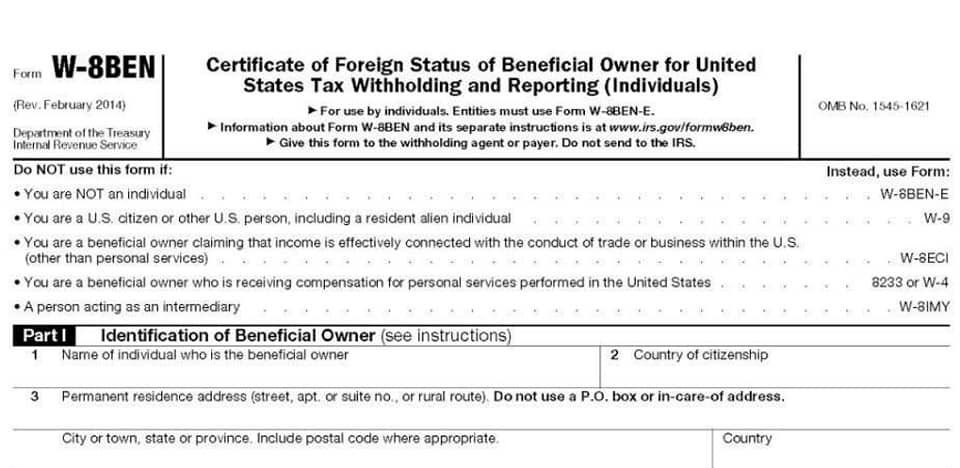
Transitioning from paper to electronic invoices guarantees timely delivery, enhancing customer satisfaction. Simply put, AR automation aims to simplify the process of managing and tracking outstanding invoices that customers owe to a company. As a result, this reduces the workload for your company’s accountants and accelerates payment collection from customers by offering a variety of cash flow convenient payment methods for their selection. Advancements in artificial intelligence (AI) and machine learning (ML) technologies will dramatically enhance AR processes.
AR Automation: Revolutionizing Accounts Receivable Management
- Using blockchain and cloud technology, we pioneered Payments-as-a-Service to digitize and automate your entire cash lifecycle.
- Routable offers comprehensive accounts payable and receivable functionalities, complemented by an active development roadmap aimed at continuous app enhancement.
- AR automation accelerates payment collection through automated reminders, self-service payment portals, AI-driven customer risk scoring, and predictive cash flow analytics.
- Essentially, AP automation manages money going out, while AR automation handles money coming in.
- These insights empower your credit teams to control and improve bad debt by proactively managing upcoming orders.
- Manual collections processes are known for being laborious, challenging, and costly, particularly in terms of time investment.
This integration ensures smooth data synchronization between platforms, automates the creation of invoices, updates payment statuses instantly, and consolidates financial information. As your business grows, so does the complexity involved in managing accounts receivable. So, it is important for your organization to conduct regular Bookkeeping for Painters audits and performance reviews of AR processes. This will help to Identify areas for improvement, streamline workflows, and adjust strategies based on data insights and feedback. Given below is an example of how accounts receivable automation can help businesses save time efforts and avoid potential cash flow problems.

The Importance of Automating Accounts Receivable
By automating this process, AR streamlines the payment reconciliation process and minimizes the need for manual intervention. Manual accounts receivable is a time-consuming and error-prone process that significantly slows your cash flow. Automating the process of issuing, delivering, and tracking invoices minimizes errors, ensures accuracy, verifies delivery, cuts costs, and accelerates payment. An organization’s financial success depends on its ability to consistently and efficiently manage the AR lifecycle. Automating invoice generation, payment processing, collections, and reconciliation can foster healthy cash flow, positive customer relationships, and financial stability. AI’s role in AR automation is transformative, empowering systems to learn, adapt, and execute complex tasks autonomously.
RPA for Repetitive Tasks
It’s designed to fit right into your current accounting software and CRM systems without a hitch. When tied to your accounting setup, AR automation keeps data flowing smoothly, automating everything from invoicing and reconciling accounts to generating reports. In the business world, it’s about striking the right balance between giving customers enough time to pay their bills and making sure your own bills get paid on time. This is crucial for keeping the lights on and the kitchen – your business – operational. Keeping an eye on how quickly customers settle their tabs (your AR turnover ratio) is key to understanding how well your credit policies are working and where there might be hiccups in your cash flow. The security measures for AR automation solutions generally include end-to-end encryption, multi-factor authentication, and adherence to international compliance standards such as GDPR and PCI DSS.

Pros of Invoiced
- Implementing a new AR automation solution can be a big change for your AR team, not to mention other teams that work closely with your finance department.
- Automation consolidates AR data into a centralized dashboard, enabling finance teams to track payments, generate reports, and identify overdue invoices in real time.
- Effectively addressing these challenges is crucial for a well-functioning accounts receivable department.
- Manual processes are time-consuming and more error-prone, causing delays in incoming payments.
- AR automation marks a significant advancement in financial management – especially for businesses dealing with high-volume transactions.
There will be a limit to the efficiency you can experience with an increase of volume with manual processes. Manual processes are time-consuming and more error-prone, causing delays in incoming payments. To get paid faster, accounts receivable automation you need to remove bottlenecks in your process, especially manual tasks. While there are multiple software for AR, it is highly recommended that business organizations know the right solution that can fit their unique needs, team capacity, and existing technology ecosystem. Hence it is essential to adopt a few best practices while evaluating and implementing an AR automation solution for your business organization.


It enables finance teams to quickly gather essential financial metrics, making it easier to make informed decisions. Efficiently handling AR is essential for maintaining a steady cash flow and sustaining business growth. Consequently, companies are increasingly realizing the importance of exploring cutting-edge approaches to optimize their AR processes. Another misconception is that implementing AR automation requires a complete overhaul of your existing systems and extensive employee training. While integration with your existing ERP is important, it’s more about enhancing current processes than disrupting them. A good AR automation solution should integrate seamlessly with your ERP system, streamlining data flow and improving overall efficiency.

